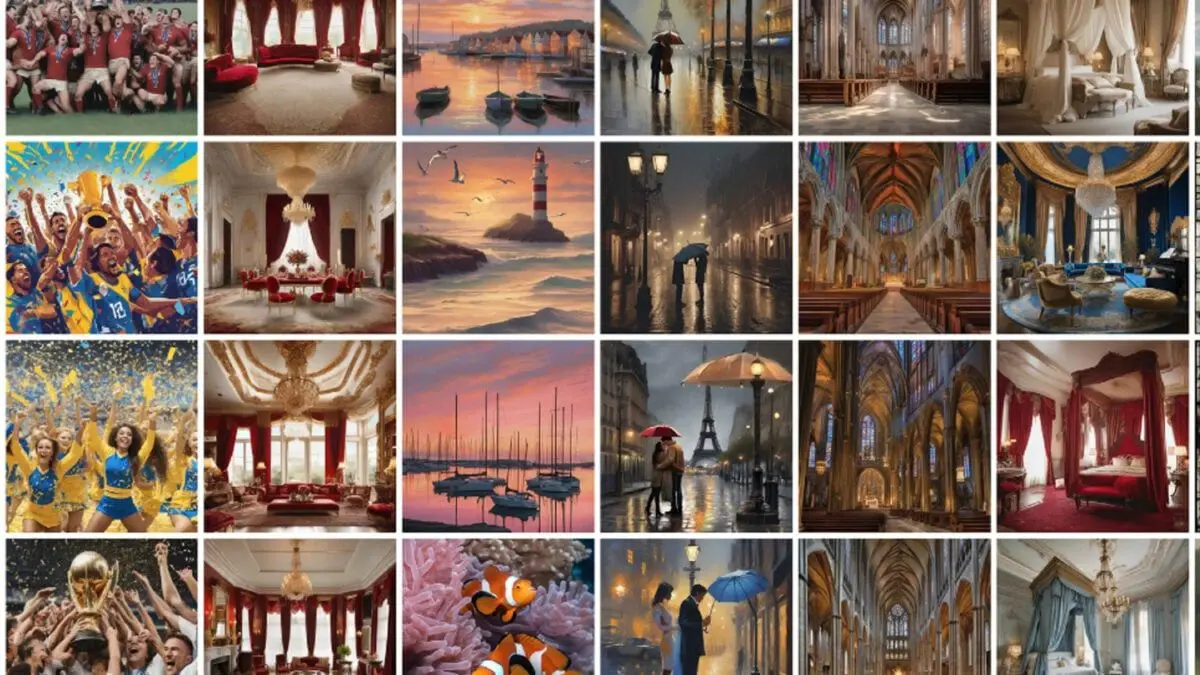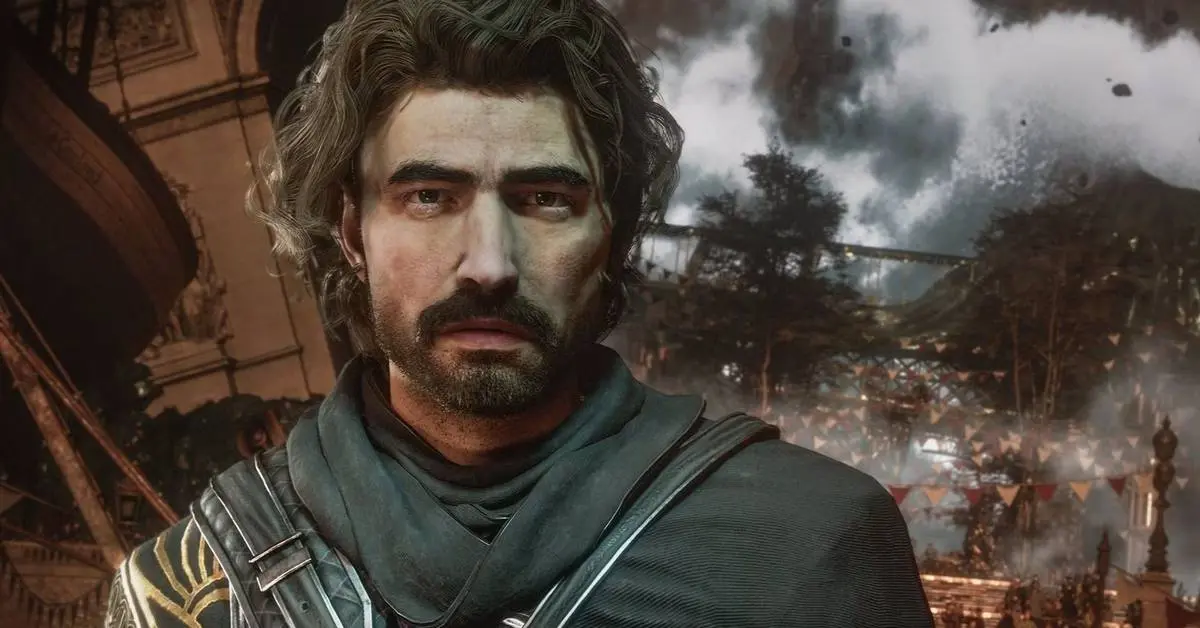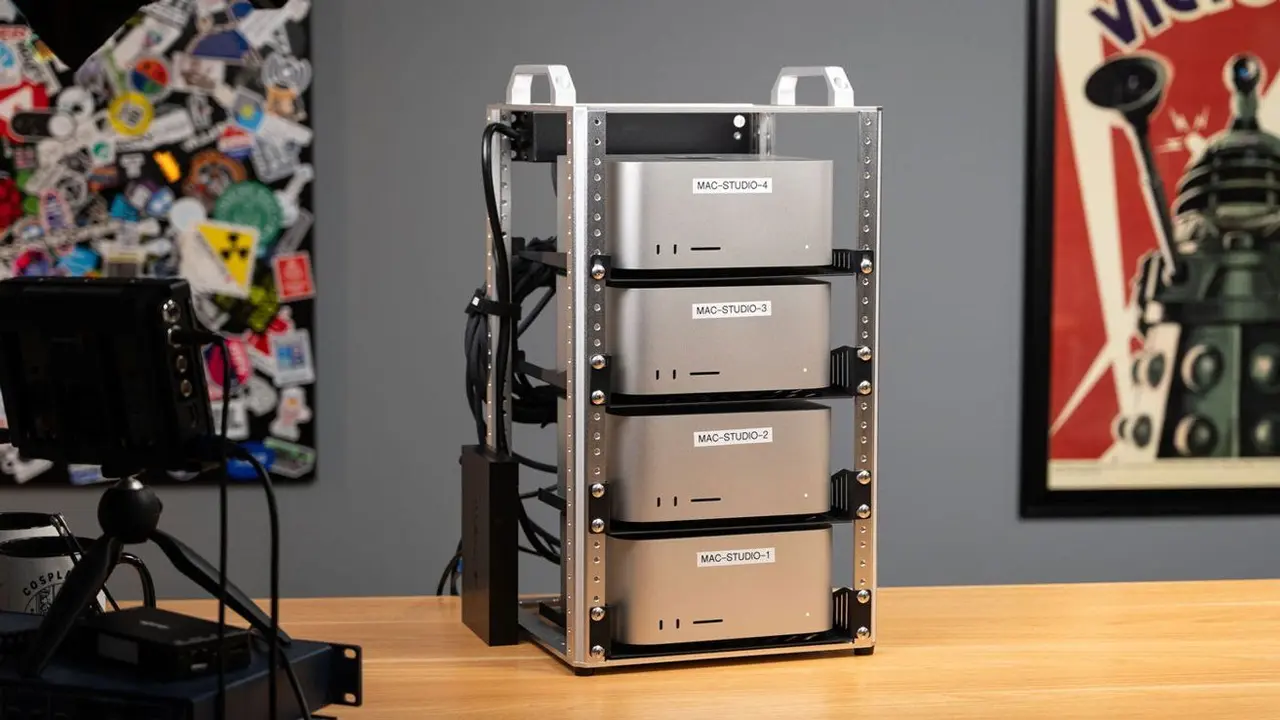AI-Generated Images Fail to Accurately Represent Diversity Among Chemists, Study Finds
2 Sources
2 Sources
[1]
Real-world chemists are more diverse than generative AI images suggest
Asking children "What does a scientist look like?" now results in more illustrations of women and people of color than decades ago. But do generative artificial intelligence (AI) tools also depict the diversity among scientists? Researchers reporting in the Journal of Chemical Education prompted AI image generators for portraits of chemists. They found that none of the collections accurately represents the gender, racial or disability diversity among real chemists today. Millions of images are being created by generative AI each day. And the output of these tools is only as good as their algorithms and the initial images used to train the large language models. Recently, researchers have found that AI image generators may produce content that's not representative of reality -- beyond bodily proportions that aren't close to possible. For example, when a team prompted generative AI tools to produce images of people in various occupations, some perpetuated gender and racial stereotypes rather than reproducing the actual demographics of those workers. So, a team led by Valeria Stepanova, including Meagan Kaufenberg-Lashua, Joseph West and Jaime Kelly, wanted to see how well AI-generated portraits of chemists represent current demographic trends. The researchers prompted four AI image generators for modern, portrait-style photographs of chemists in industry or academic occupations. Then, with the assistance of undergraduate students, the team assessed the gender and racial distribution as best they could within the 200-image collection. The entire AI collection had a male-female ratio similar to that of the U.S. National Science Foundation's (NSF) 2021 demographic survey. The researchers also found that most of the generated images were of seemingly White people, which they say is representative of the U.S. chemistry field. But there was considerable variation in the results produced by the individual AI models. One tool generated more females than NSF data says is representative, and another created images only of males. Additionally, two models produced almost no people of color, yet one model generated primarily images of people of color. To the researchers' surprise, none of the models produced images of chemists with visible disabilities. Overall, the researchers say that this demonstration illustrates how different image-generating AI can amplify incorrect information about the diversity among chemists. They conclude their study by asking, "Are humans going to control the knowledge generated by AI, or will AI influence the knowledge of generations of people moving forward?"
[2]
Real-world chemists are more diverse than generative AI images suggest
Asking children "What does a scientist look like?" now results in more illustrations of women and people of color than decades ago. But do generative artificial intelligence (AI) tools also depict the diversity among scientists? Researchers reporting in the Journal of Chemical Education prompted AI image generators for portraits of chemists. They found that none of the collections accurately represents the gender, racial or disability diversity among real chemists today. Millions of images are being created by generative AI each day. And the output of these tools is only as good as their algorithms and the initial images used to train the large language models. Recently, researchers have found that AI image generators may produce content that's not representative of reality -- beyond bodily proportions that aren't close to possible. For example, when a team prompted generative AI tools to produce images of people in various occupations, some perpetuated gender and racial stereotypes rather than reproducing the actual demographics of those workers. So, a team led by Valeria Stepanova, including Meagan Kaufenberg-Lashua, Joseph West and Jaime Kelly, wanted to see how well AI-generated portraits of chemists represent current demographic trends. The researchers prompted four AI image generators for modern, portrait-style photographs of chemists in industry or academic occupations. Then, with the assistance of undergraduate students, the team assessed the gender and racial distribution as best they could within the 200-image collection. The entire AI collection had a male-female ratio similar to that of the U.S. National Science Foundation's (NSF) 2021 demographic survey. The researchers also found that most of the generated images were of seemingly White people, which they say is representative of the U.S. chemistry field. But there was considerable variation in the results produced by the individual AI models. One tool generated more females than NSF data says is representative, and another created images only of males. Additionally, two models produced almost no people of color, yet one model generated primarily images of people of color. To the researchers' surprise, none of the models produced images of chemists with visible disabilities. Overall, the researchers say that this demonstration illustrates how different image-generating AI can amplify incorrect information about the diversity among chemists. They conclude their study by asking, "Are humans going to control the knowledge generated by AI, or will AI influence the knowledge of generations of people moving forward?"
Share
Share
Copy Link
A recent study reveals that AI image generators struggle to accurately depict the diversity of chemists in terms of gender, race, and disability, raising concerns about the potential impact on public perception and future generations.

AI Image Generators Struggle with Diversity Representation in Chemistry
A groundbreaking study published in the Journal of Chemical Education has revealed significant discrepancies between the diversity of real-world chemists and their representation in AI-generated images. Researchers, led by Valeria Stepanova, conducted an in-depth analysis of portraits created by four different AI image generators, focusing on the depiction of chemists in both industrial and academic settings
1
2
.Study Methodology and Findings
The research team prompted AI tools to produce modern, portrait-style photographs of chemists. With the assistance of undergraduate students, they assessed a collection of 200 images for gender and racial distribution. The findings were both revealing and concerning:
-
Overall Gender Representation: The entire AI-generated collection showed a male-female ratio similar to the 2021 demographic survey by the U.S. National Science Foundation (NSF)
1
. -
Racial Representation: Most generated images depicted seemingly White individuals, which the researchers noted as representative of the current U.S. chemistry field
2
. -
Inconsistencies Across AI Models: Individual AI tools showed significant variations:
- One model generated more female images than the NSF data suggests is representative.
- Another model produced only male images.
- Two models created almost no images of people of color.
- One model primarily generated images of people of color
1
2
.
-
Disability Representation: Surprisingly, none of the AI models produced images of chemists with visible disabilities
1
.
Implications and Concerns
The study highlights how different AI image generators can potentially amplify inaccurate information about diversity in the field of chemistry. This raises important questions about the impact of AI-generated content on public perception and future generations' understanding of scientific professions
2
.Related Stories
Broader Context of AI Image Generation
The researchers emphasize that the output of these AI tools is heavily dependent on their algorithms and the initial images used to train the large language models. Recent studies have shown that AI image generators may produce content that doesn't accurately represent reality, sometimes perpetuating gender and racial stereotypes in various occupations
1
.Future Considerations
As millions of AI-generated images are created daily, the study's authors pose a critical question: "Are humans going to control the knowledge generated by AI, or will AI influence the knowledge of generations of people moving forward?"
2
This research underscores the need for continued scrutiny and improvement of AI systems to ensure they accurately represent the diversity of our society, particularly in scientific fields.The findings of this study contribute to the ongoing dialogue about AI ethics, representation, and the responsibility of developers and users in shaping the future of artificial intelligence and its impact on societal perceptions.
References
Summarized by
Navi
Related Stories
Science Photographer Felice Frankel Discusses AI's Impact on Research Visualization
07 Mar 2025•Science and Research

AI-Generated 'Australiana' Images Reveal Racial and Cultural Biases, Study Finds
15 Aug 2025•Technology

AI in Scientific Research: Potential Benefits and Risks of Misinterpretation
05 Apr 2025•Science and Research

Recent Highlights
1
Google launches Gemini 3 Flash as default AI model, delivering speed with Pro-grade reasoning
Technology

2
OpenAI launches GPT Image 1.5 as AI image generator war with Google intensifies
Technology

3
OpenAI launches ChatGPT app store, opening doors for third-party developers to build AI-powered apps
Technology





